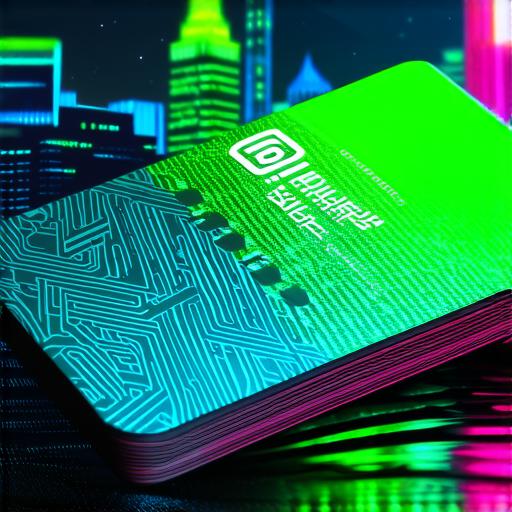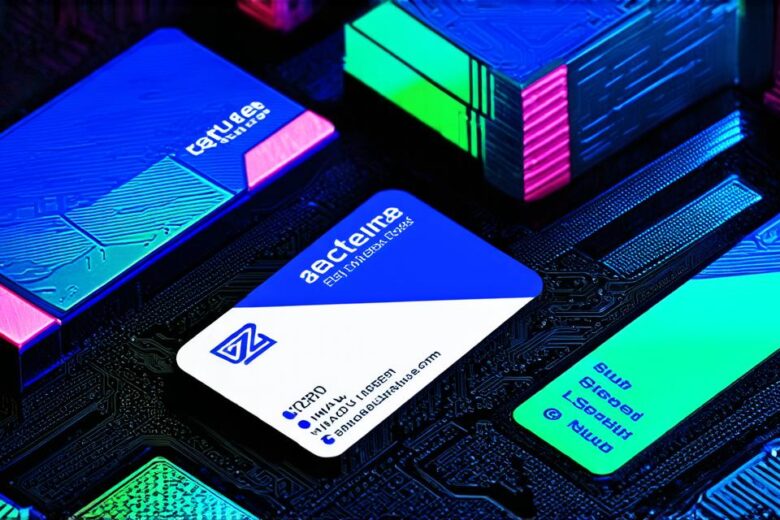If you’re an AR developer looking for innovative ways to promote your business, creating a cost-free augmented reality (AR) business card is the way to go. Not only do AR business cards provide a unique and interactive experience for customers, but they also have the potential to drive traffic to your website, generate leads, and increase brand awareness.
Designing Your AR Business Card
The first step in creating an AR business card is to decide on the design and content of the card. To ensure that your AR business card stands out from the rest, consider using high-quality images, videos, and animations. You can also include relevant information such as your company name, website, social media handles, and contact details.
When designing your AR business card, keep in mind that it should be easy to navigate and understand. Consider using clear calls-to-action (CTAs) to guide users through the experience and encourage them to take action. Additionally, make sure that the design is optimized for various devices and platforms, including smartphones, tablets, and AR glasses.
Developing Your AR Business Card
Once you have a design in mind, it’s time to start developing your AR business card. There are several tools available for creating AR content, including Unity, ARKit, and Vuforia. These tools allow you to create interactive experiences that can be accessed through your smartphone or AR glasses.
- Choose a platform: Decide which platform you want to use for creating your AR content. Unity is a popular choice for creating AR experiences on both iOS and Android devices, while ARKit is specifically designed for Apple’s AR platform.
- Create the content: Use the chosen platform to create your AR business card, including images, videos, and animations. You can also include interactive elements such as buttons or menus that allow users to access additional information about your business.
- Test the experience: Before distributing your AR business card, test it on various devices and platforms to ensure that it works seamlessly and is easy to use.
- Publish the experience: Once you’ve tested and refined your AR business card, publish it on the relevant platform(s) so that users can access it.
Distributing Your AR Business Card
Now that your AR business card is ready to go, it’s time to distribute it to your target audience. There are several ways to do this, including:

- Printing the card: If you want to keep things simple, you can print out a physical version of your AR business card and give it to customers in person. This will require a special printer that can create AR content on paper.
- Sharing on social media: Share your AR business card on social media platforms such as Facebook, Twitter, and Instagram to reach a wider audience. You can also use hashtags to make it easier for people to find your AR business card.
- Distributing through email marketing: Send an email campaign to your existing customers with a link to your AR business card. This will allow you to target specific individuals who are likely to be interested in your business.
- Creating a landing page: Create a dedicated landing page for your AR business card that provides additional information about your business and encourages users to take action.
Measuring the Effectiveness of Your AR Business Card
Now that you’ve distributed your AR business card, it’s important to measure its effectiveness in promoting your business. Here are some metrics to track:
- Track downloads and engagement: Monitor how many people have downloaded and engaged with your AR business card.
- Monitor website traffic: Keep an eye on the traffic generated from your AR business card to your website.
- Analyze lead generation: Evaluate the number of leads generated through your AR business card.
- Assess brand awareness: Measure the increase in brand awareness resulting from the use of your AR business card.
